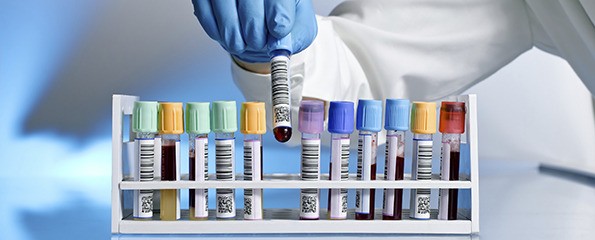This article first appeared in Medical Observer and is an opinion piece by Paul Epner, Executive Vice President of Society to Improve Diagnosis in Medicine. Read the original article here
THE Australian health system is under pressure to deliver more for less with an ageing population and growing burden of chronic disease.
The role of efficient and effective medicine has never been more important, but in the case of pathology, value is difficult to articulate.
Pathology is a vital part of medicine. However, it is mostly hidden behind laboratory doors and typically struggles to demonstrate its worth, because it is often considered in purely cost terms.
This is why Pathology Awareness Australia launched the Know Pathology Know Healthcare initiative, which aims to raise awareness of pathology’s value and integral role throughout healthcare. It is an approach which other countries should also embrace.
In my own work, I look at ways in which a change in approach can help pathology realise its full potential and show its value to the health system, both in terms of cost savings and improved patient outcomes.
Although there may be areas within pathology that can be improved to reduce spend, the idea that massive savings are available via automation is misguided. It is difficult to imagine improving health expenditures meaningfully when all of pathology costs a mere 3% of the healthcare budget.
Pathology’s appearance in the interim results of the MBS review is focused on over-testing. Although some over-testing clearly exists, data suggests that under-testing is more than twice as prevalent (20.6% vs 44.8%1) and the absence of necessary diagnostic information is likely to harm patients and cost more than any savings from over-testing. Yet under-testing is rarely considered an area of concern.
There are also some excellent examples of how pathology labs have become more actively involved in patient care with fantastic benefits for patients and financial savings.
One of these is a U.S lab that identified a pharmacogenomic test that could help patients needing anti-clotting medication (Clopidogrel). The drug may not be effective for all patients, meaning some could be at risk of adverse events (stroke) with the associated financial cost to the health system.
The lab showed that using this test for these patients would prevent 60 adverse events and save $1.5m annually.
A further example is a lab that reviewed high creatinine results where patients had not had follow-up testing. Working with care providers they pursued a number of patients resulting in the identification of 1,000 cases of undiagnosed kidney disease.
Although pathology teams know their worth, the demonstration of this value and the realisation of the full benefit labs can provide to patients requires a shift in thinking, both from within pathology and from the wider medical profession.
A lab’s mission should not just be to provide accurate, timely, low-cost test results. The clinical lab’s mission should be to efficiently enable the accurate diagnosis of conditions, the selection of appropriate treatments and the effective monitoring of health status.
Fostering more input from pathology professionals into patient care would better address all these issues, demonstrating that collaboration and appropriate pathology use is better (and cheaper) than driving down pathology costs in isolation of patient needs.
1 Zhi M, Ding EL, Theisen-Toupal J, Whelan J, Arnaout R (2013) The Landscape of Inappropriate Laboratory Testing: A 15-Year Meta-Analysis. PLoS ONE 8(11): e78962. oi:10.1371/journal.pone.0078962

